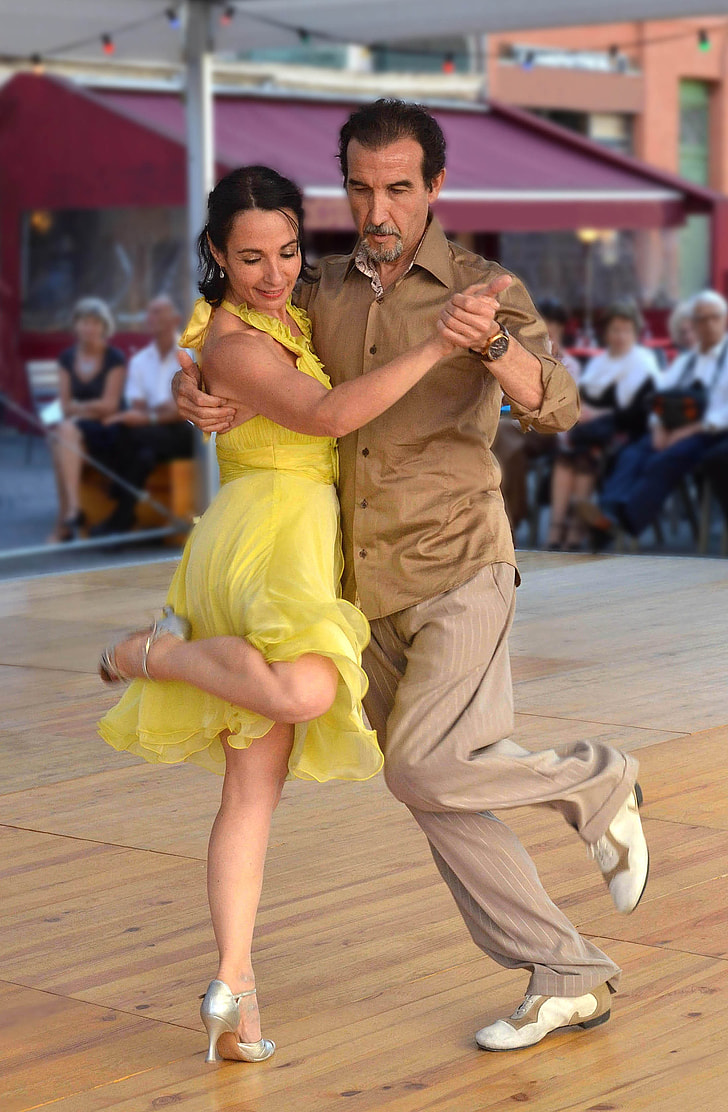
Neuroplasticity and Social Dancing
In the world of ballroom dancing, the interplay of grace, rhythm, and connection transcends mere physical movement. It’s an art form that captivates the senses and enriches the soul. Yet, beyond its aesthetic and social benefits, ballroom dancing wields a fascinating influence on the brain, particularly through the phenomenon of neuroplasticity.

Understanding Neuroplasticity
Neuroplasticity refers to the brain’s incredible ability to adapt and reorganize itself throughout an individual’s life. This capacity for change is crucial for learning, memory, and recovery from brain injuries. Our brains are not static; they are dynamic organs constantly rewiring themselves in response to experiences and stimuli.
The Connection Between Dancing and Brain Health
Engaging in social dancing activates multiple brain regions and fosters neuroplasticity in several remarkable ways:

- Coordination and Motor Skills: Learning and performing dance routines enhance motor coordination and balance. The cerebellum, responsible for fine-tuning movement, undergoes significant stimulation, leading to improved muscle memory and refined motor skills.
- Cognitive Flexibility: Social dancing requires quick decision-making and adaptability. Dancers must respond to the music’s tempo, anticipate their partner’s moves, and navigate the dance floor. This cognitive agility boosts executive functions, enhancing problem-solving abilities and mental flexibility.
- Memory and Learning: Memorizing dance steps and sequences activates the hippocampus, a region crucial for memory formation. Repeated practice strengthens synaptic connections, aiding in the retention and recall of complex patterns and routines.
- Social Interaction: Ballroom dancing is inherently social. Partnered dance fosters communication, trust, and empathy. Interacting with different partners and adapting to their styles and cues sharpens social cognition, an essential aspect of neuroplasticity.
- Emotional Regulation: Dancing releases endorphins, the brain’s feel-good chemicals. The emotional highs and lows experienced during a dance session stimulate the limbic system, enhancing emotional regulation and resilience.
Scientific Insights
Research supports the profound impact of dance on the brain. A study published in the New England Journal of Medicine found that social dancing reduces the risk of dementia by improving cognitive reserve. Another study in Frontiers in Aging Neuroscience highlighted that dancing can enhance both gray and white matter integrity in the brain, crucial for maintaining cognitive functions as we age.
Moreover, a research article in the Journal of Neuroscience & Biobehavioral Reviews emphasized that dance, by integrating music and movement, uniquely stimulates the brain’s reward centers, promoting neurogenesis—the creation of new neurons.

Embrace the Neuroplastic Benefits of Ballroom Dancing
At In Motion Ballroom, we witness daily the transformative power of ballroom dancing. It’s not just about mastering the tango or the waltz; it’s about nurturing a healthy, agile mind and body. Whether you’re a seasoned dancer or a curious beginner, stepping onto the dance floor can unlock a world of cognitive and emotional benefits.
Ballroom dancing is a celebration of movement, music, and connection. It exemplifies how art can profoundly influence our brain’s structure and function. So, why not embrace the dance of the brain and the body? Join us, and let’s waltz our way to a healthier, happier mind.
Ready to Dance?
Experience the magic of ballroom dancing and its neuroplastic wonders. Contact us today to schedule your first lesson and embark on a journey that nourishes both body and brain. Together, let’s dance towards a brighter, more vibrant life!


